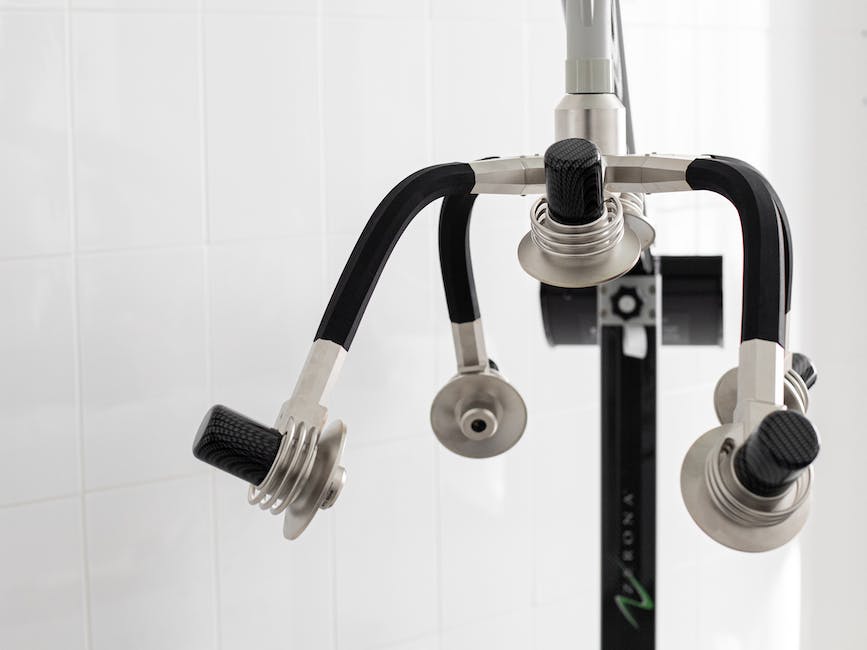Pros and Cons of Bladder Botox: What You Need to Know
Exploring the Benefits and Drawbacks of Bladder Botox Treatment
Bladder botox, also known as onabotulinumtoxinA, is a treatment option for people with overactive bladder (OAB) or urinary incontinence. It involves injecting Botox into the bladder muscle to help control the symptoms of an overactive bladder. While this treatment can offer relief for individuals struggling with bladder control issues, it is essential to consider the potential advantages and disadvantages before making a decision. In this article, we will explore the benefits and drawbacks of bladder botox treatment to provide you with a comprehensive understanding of this medical procedure.
Bladder botox treatment is a medical intervention that aims to address the symptoms of overactive bladder and urinary incontinence. By examining the advantages and disadvantages, individuals can make informed decisions about their healthcare options and consult with healthcare professionals to determine the most suitable treatment plan.
Pros
Bladder botox treatment offers several potential advantages for individuals experiencing overactive bladder and urinary incontinence. Understanding the benefits of this medical intervention can help individuals assess its viability as a treatment option.
Improved Bladder Control
Bladder botox treatment can lead to improved bladder control by reducing the frequency and urgency of urination. This can enhance the quality of life for individuals who experience disruptive bladder symptoms, allowing them to engage in daily activities with greater confidence and comfort.
Symptom Relief
The treatment may provide relief from the symptoms of overactive bladder, such as sudden urges to urinate and incontinence. By addressing these symptoms, bladder botox can contribute to an improved overall sense of well-being and reduced impact on daily routines.
Alternative to Medication
For individuals who may not respond well to medication or prefer non-pharmaceutical treatment options, bladder botox can offer an alternative avenue for managing overactive bladder and urinary incontinence.
Potential for Improved Bladder Capacity
One potential advantage of bladder Botox treatment is the improvement in bladder capacity. By reducing the muscle contractions in the bladder, Botox can help increase the amount of urine the bladder can hold, thereby reducing the urge to urinate frequently. This can significantly improve the comfort and convenience for individuals with overactive bladder issues.
Alternative to Medication
Bladder Botox offers an alternative to long-term medication for managing overactive bladder. For individuals who may not respond well to medications or experience undesirable side effects, Botox injections provide a non-pharmacological option for addressing urinary incontinence and frequency, offering a potentially effective treatment with a different mode of action.
Missing a pro?
Let us know which pro you are missing!
Cons
While bladder botox treatment can provide relief for individuals with overactive bladder and urinary incontinence, it is important to consider the potential drawbacks associated with this medical intervention. By understanding the limitations and concerns, individuals can make informed decisions regarding their treatment options.
Need for Repeated Treatments
Bladder botox treatment may necessitate repeated injections over time to maintain its efficacy. This recurrence of treatment can be a consideration for individuals weighing the long-term commitment involved in managing their bladder symptoms.
Potential Risks and Complications
As with any medical procedure, bladder botox treatment carries potential risks and complications, including the rare possibility of urinary retention or adverse reactions to the injection. Understanding these potential consequences is essential for individuals considering this treatment option.
Risk of Bladder Emptying Difficulties
One potential disadvantage of bladder Botox treatment is the risk of experiencing difficulties in emptying the bladder completely. This can lead to temporary urinary retention, which may require catheterization until normal bladder function resumes. It's important for individuals considering Botox treatment to be aware of this potential complication and discuss it with their healthcare provider.
Possible Allergic Reactions
Like any medical procedure involving injections, there is a risk of allergic reactions to the Botox itself. Although rare, allergic reactions can potentially occur and may manifest as swelling, redness, or itching at the injection site. It's crucial for individuals to inform their healthcare provider about any known allergies and to closely monitor for any adverse reactions following the Botox treatment.
Temporary Side Effects
Following the injection of bladder botox, individuals may experience temporary side effects such as urinary retention, urinary tract infections, or blood in the urine. These effects typically resolve within a few days to weeks but require careful monitoring and management.
Missing a con?
Let us know which con you are missing!
Conclusion
In conclusion, bladder botox treatment offers potential benefits for individuals grappling with overactive bladder and urinary incontinence. It can result in improved bladder control, symptom relief, and a non-pharmaceutical alternative to medication. However, it is crucial to weigh these advantages against the temporary side effects, need for repeated treatments, and potential risks associated with the intervention. By consulting with healthcare providers and carefully evaluating the pros and cons, individuals can make informed decisions about whether bladder botox treatment aligns with their healthcare needs and preferences.
What do you think?
Do you think the pros outweigh the cons?








